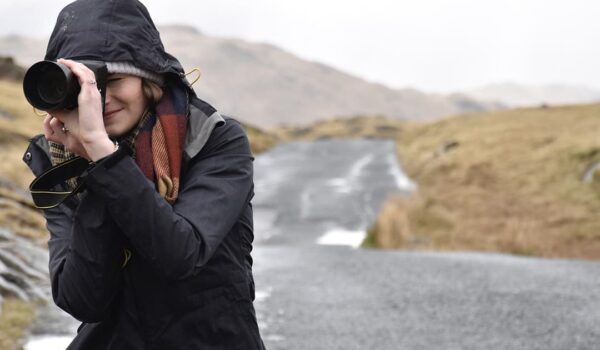Let’s start by understanding what photojournalism is and what it is not. There is a fine line between photojournalism and documentary photography, but the distinction is important. The definition of photojournalism that you find on sites like Wikipedia gives us this rigid structure: it is the practice of creating images to tell news stories that are fair and unbiased according to journalistic standards. Images have a context related to recent events, so they cannot be edited or changed.
A photojournalist is similar to a reporter, but uses a camera rather than the written word to tell the news. He or she will often travel to places of special interest or may live in a particular area to catch events as they unfold. You may be a war correspondent or shoot events in your hometown. Wherever you work, your job is to witness events and capture them in a way that evokes something in the viewer. You have to make them feel like they were there to see it for themselves.
How to become a photojournalist?
Photojournalism jobs may be becoming increasingly rare as the modern era means that more and more people have smartphones and can take pictures of events on their own. It’s cheaper for publications to accept reader submissions than to pay a photojournalist, but that doesn’t mean it’s impossible to get hired in this field.
It’s likely that there will always be photojournalism jobs available. There is a certain set of skills that not everyone has – the ability to shoot and compose great images under pressure, optimize exposure and other parameters, and maintain your position and take pictures even in dangerous situations.
For this reason, civilians with smartphones will never replace photojournalists – it just takes a little more perseverance to get into it. The first thing you need to do to start your career is to improve your skills. You can attend local events like sports games, protests, or community fairs. Take images on these sites to post next to the news. You should also study newspapers and magazines, both print and online, to see what kind of work is being published.
If you think you have something worth publishing, you can contact the publication to see if they will pick it up. It’s up to you whether to pay for your first image or try to post it for free to build your clip portfolio.
After that, it all depends on continuing to submit. The more you proclaim, the more chances you have to get paid for your work. Start going to places where things are happening and build a network of contacts with people in publishing. Get the email addresses of image editors and find out what kind of content they publish.
You can also keep an eye out for full-time positions, although you’ll need a portfolio to showcase your skills if you want to get a permanent job as a photojournalist. There are few of them, so competition will be high. You can also stay as a freelancer if that suits you better.
